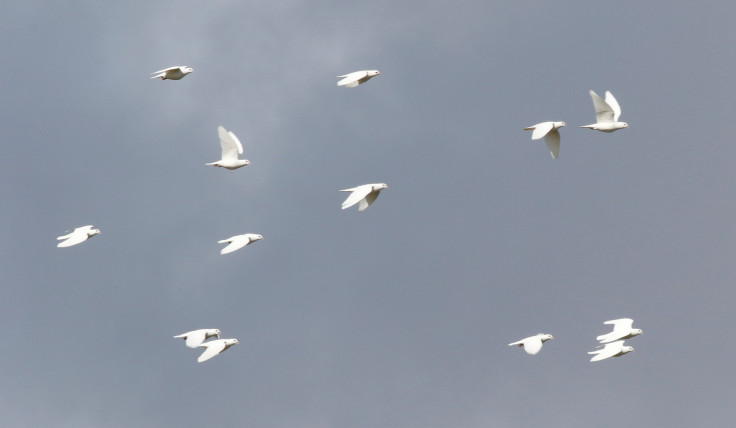Bird-Like 'Spy Drones' Hovering Over Chinese Population: Report

If you think drones aka unmanned aerial vehicles (UAVs) are at the peak of their evolution, it’s time to think again because China is using the technology as birds to spy on its residents.
We all know that the basic job of a drone involves monitoring ground activity and conducting critical reconnaissance missions. Most countries in the world are employing the technology for this purpose, but in order to ensure the success of such missions, it is crucial that the UAV remains unseen. This is why engineers across the globe are working to improve the element of stealth.
However, just recently, a report from South China Morning Post (SCMP) revealed that China’s government and military agencies have taken a unique approach to the case. They’ve developed sneaky bird-like drones that monitor the activity of the population living in different parts of the country.
Launched by more than 30 agencies, these robotic birds look like living, breathing chicks from the surface. They recreate the motion of flapping wings, which helps them fly at speeds around 40kmph, climb as well as turn in the air.
This, as the report described, not just eliminates the need for conventional rotors that help keep a UAV up in the air but also aids the idea of evading human and even radar detection. One of the researchers who worked on the spy system noted that these drones mimic 90 percent motion of the real bird and are so quiet that even real birds fail to recognize them as different and fly alongside.
The program, codenamed “Dove," is currently surveilling at least five Chinese provinces, with a majority of the focus being on the Xinjiang Uyghur autonomous region, which shares borders with five countries — Mongolia, Russia, Kazakhstan, Kyrgyzstan, Tajikistan, Afghanistan, Pakistan, and India.
While it is far from countrywide adoption, the initial testing and use of the spy birds have shown that the technology is promising, particularly for military uses. Each robotic bird weighs around 200 grams and uses a flight control system with sophisticated cameras, GPS antennas, and a satellite data link to transmit the observational data in real time.
“The scale is still small,” Yang Wenqing, an associate professor at China’s Northwestern Polytechnical University and a member of the team behind “Dove” program, told SCMP. “We believe the technology has good potential for large-scale use in the future … it has some unique advantages to meet the demand for drones in the military and civilian sectors."
However, the military won’t be the only field that could leverage the capabilities of bird drones. The team involved in the project believes these drones could even aid the teams involved in emergency response, disaster relief, environmental protection and urban planning.
© Copyright IBTimes 2024. All rights reserved.





















